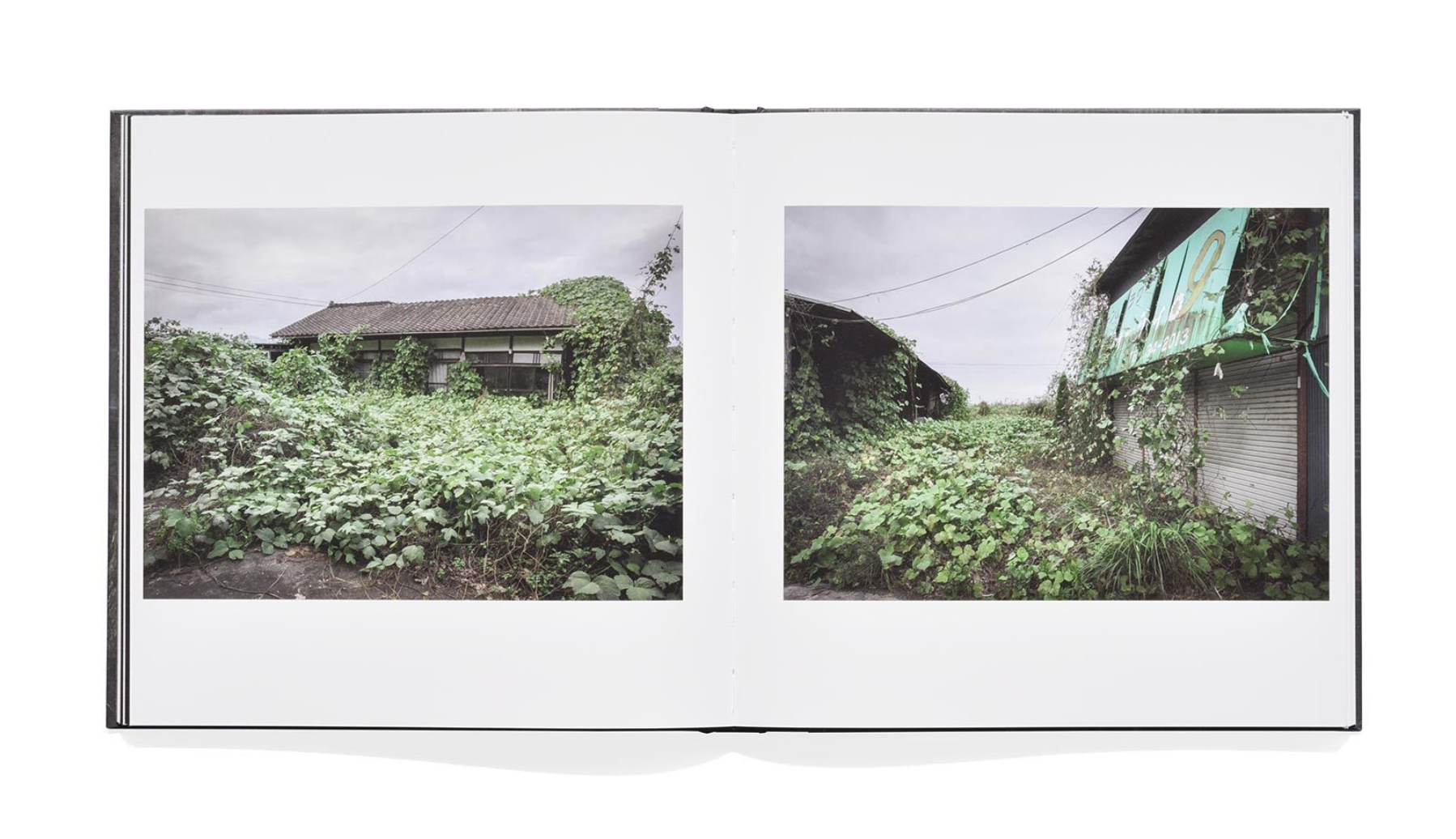Week 18 – 19 – 20: Design your Photobook & Complete Essay
Make sure you monitor and track your progress here Personal-Study-Planner-Tracker-2018-19
WE GOT THREE WEEKS LEFT IN CLASS TO COMPLETE PERSONAL STUDY and ONE MOCK EXAM DAY
In the next three week focus on beginning to edit and collect all your images, archival material and texts, including your essay needed to complete your photobook.
You want to aim for a draft layout and hand in draft version of your essay before your Mock Exam day, then use that day to fine tune design and complete essay.
DEADLINE: MOCK EXAM!
Mon 11 Feb Class 13A & 13D
Tue 12 Feb Class 13C
Wed 13 Feb: Hand-out Exam paper
1. Write a book specification and describe in detail what your book will be about in terms of narrative, concept and design. Produce a mood-board of design ideas and consider the following:
Narrative: What is your story?
Describe in:
- 3 words
- A sentence
- A paragraphs
Design: Consider the following
- How you want your book to look and feel
- Paper and ink
- Format, size and orientation
- Binding and cover
- Title
- Structure and architecture
- Design and layout
- Editing and sequencing
- Images and text
2. Create a BLURB account using your school email address. With Blurb you have different options on how you design your book:
a) Using Lightroom to design your book which is integrated with BLURB. Only for use on school computers, unless you have LR at home on your own laptop.
b) Download Bookwright via Blurb onto your own laptop and work offline at home and you can work indecently of school. Here you have full control of layout/ design features. Once completed, you upload photo book design to Blurb
c) Choose online option if you want to work directly online. Very limited layout/design options (not recommended!)
For those who wish to make their own hand-made photobook using Indesign follow the same steps as below in terms of documenting and annotating your design process. or if you want to customize your Blurb book see me for more details on how to do it.
3. Using Lightroom make a rough selection of your 40-50 best pictures from all shoots. Make sure you have adjusted and standardised all the pictures in terms of exposure, colour balance/ B&W, contrast/brightness etc.
4. Print them out as smaller images (4 to one A4 page) on the Laserjet, cut them up in guillotine and lay them out on the big white table for editing.
5. Decide on format (landscape, portrait) size and style of your photo-book. Begin to design your photo book, considering carefully, narrative, editing, sequencing, page spreads, juxtaposition, image size, text pages, empty pages, use of archival material etc.
6. At the end of your photo book, add your illustrated essay including title, any captions (if needed), bibliography, illustrations of artists work (incl data) and images of your own responses. Think carefully about font type, size and weighting.
7. Produce screen prints of layout ideas as you progress and add to Blog for further annotation, commenting on page layout/ narrative/ sequencing/ juxtaposition of pictures.
Film/ Podcast; produce screen prints as work progress that show your editing skills/ decisions.
8. Select a set of 5-6 photographs as final outcomes and evaluate – explaining in some detail how well you realised your intentions and reflect on what you learned in your Political Landscape project.
9. Save final outcomes in our shared PRINT folder (no later than 15:00 end of your Mock exam day) in a high-resolution (4000 pixels on the long edge.) Save each images in your name i.e. first name_surname_title_1, and 2, 3 and so on.
10. Make sure all blog posts are finished including, research, analysis, experimentation, annotation and an evaluation of final outcomes.




